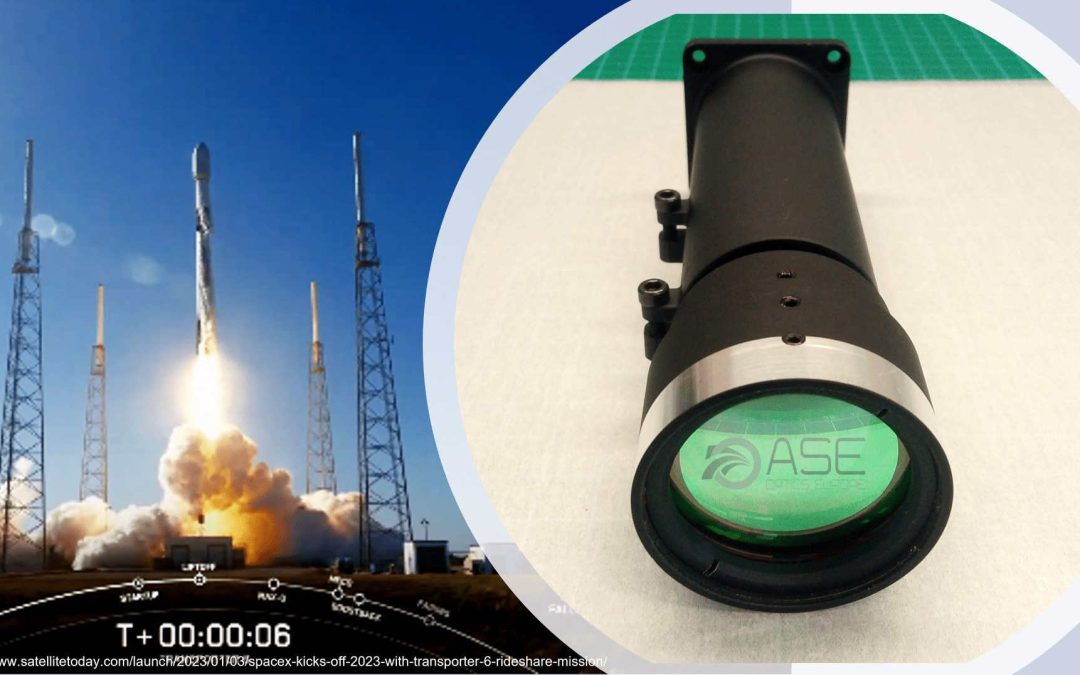The lens designed and manufactured by ASE Optics Europe has been key to achieve a qualitative leap in the resolution of the DRAGO-2 camera, developed by IACTEC-Space.
The Spanish company ASE Optics has been responsible for designing and manufacturing the lens of the DRAGO-2 camera, a space camera operating in the shortwave infrared, which is designed for Earth observation. One of the main improvements of the DRAGO-2 camera is the improved resolution of the camera, and this, for the most part, is thanks to improved optics. “We went from 300 meters per pixel to 50 meters per pixel,” explains Alfonso Ynigo, systems engineer at IACTEC-Space, in the press release issued by the institute. To achieve these improvements, ASE Optics’ team of optical engineers studied the characteristics of the DRAGO-2 camera and, after evaluating different configurations, selected the optical design that best suited the objectives.

SWIR lens of the DRAGO2 camera in the process of characterization “One of the biggest challenges encountered by ASE Optics was the absence of accurate values for lens materials in traditional optical design programs, so we had to implement a correction in the established models to get the right optical design” explains Marta de la Fuente, founder and technical director of ASE Optics. Another challenge was weight and size: in onboard instruments for satellites and microsatellites, every gram counts. “At all times we were aware that we had to find the perfect balance between optical quality and size and weight restrictions” states Marta and adds ”we decided to go for an optical design that allows the system to be optically athermalized, avoiding having to add mechanical elements, lightening the weight.” Both the design and manufacturing of this lens was carried out in close coordination with IACTEC-Space’s mechanical and systems engineers for complete integration of the lens into the camera. DRAGO-2 was integrated into the ION-SCV 007 Glorious Gratia satellite carrier of the Italian company D-Orbit, and has been orbiting the Earth since January 3, when it was launched aboard a Space X Falcon 9 rocket. The objective of this instrument is to monitor the Earth from space and characterize phenomena derived from climate change and others such as forest fires or the monitoring of volcanic activity. ASE Optics Europe was founded with the aim of offering an innovative and creative alternative within the optical design and engineering industry: they design and develop tailor-made optical and optoelectronic systems, of high precision and quality with high technical performance, for demanding applications such as New Space, Fusion, defense or science industry.

